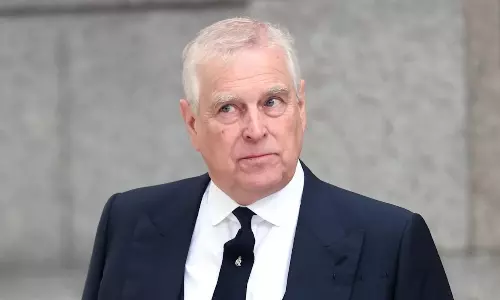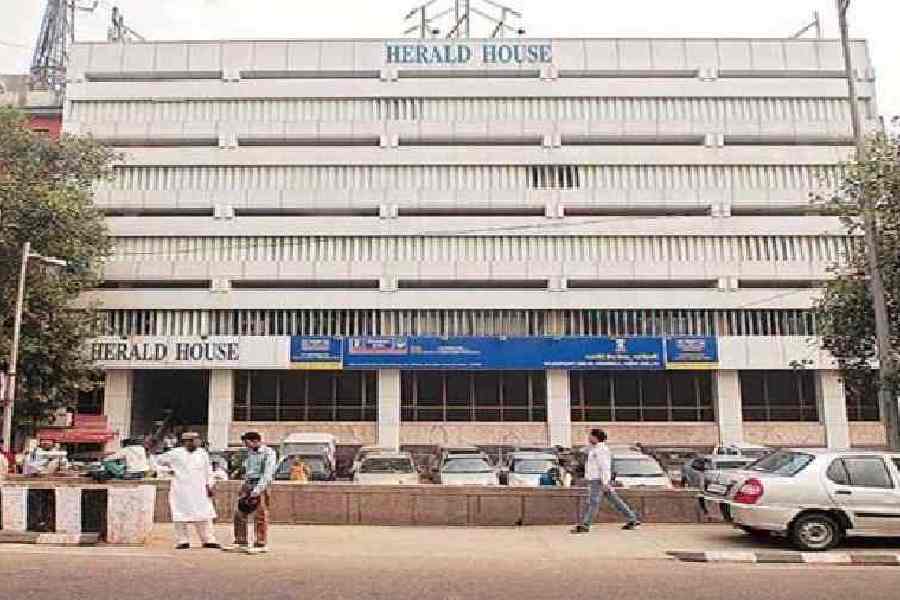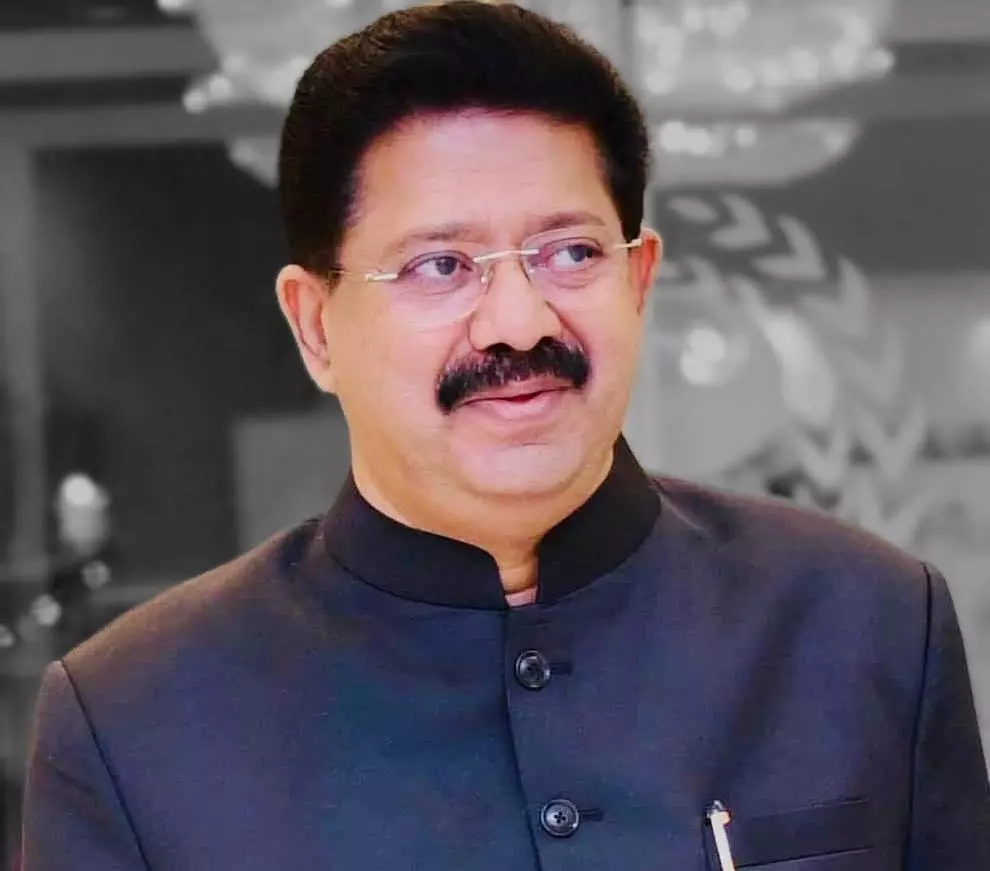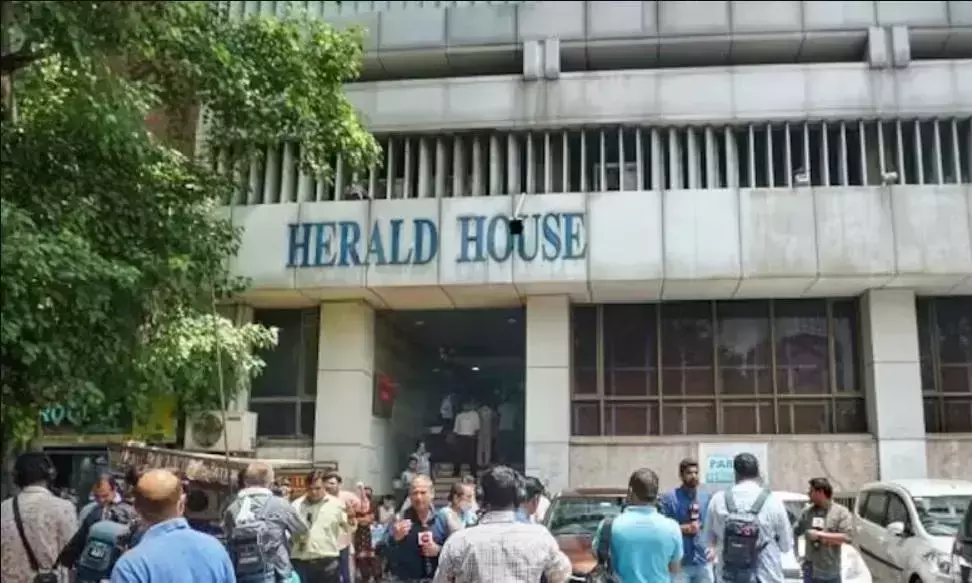
National Herald: what’s the real story?
text_fieldsWhen Jawaharlal Nehru founded the National Herald in September 1938, it was not merely the launch of a newspaper - it was the beginning of a movement rooted in democratic ideals, national pride, and the power of words. Nehru, deeply aware of the press’s ability to stir collective conscience, launched the Herald with the bold slogan: “Freedom is in danger, defend it with all your might”. This was not just a tagline - it was a call to action, printed prominently on the masthead to remind every reader of their role in India’s struggle for independence.
Nehru was inspired by his father, Motilal Nehru, who in 1919 had established The Independent, a newspaper that boldly challenged the pro-British stance of the Leader newspaper. The National Herald, launched from Lucknow under the editorial guidance of seasoned journalist and freedom fighter K. Rama Rao, quickly became the voice of India’s freedom movement. Rao remained the editor until 1946, guiding the paper through its most turbulent and influential years.
Even after becoming India’s first Prime Minister, Nehru remained deeply involved with the newspaper. He served as its Chairman until 1946, often penning editorials himself. For Nehru, the Herald was not a party organ - it was a platform for progressive, inclusive, and modern thought. The newspaper consistently championed justice, democracy, and secular values, even in the face of fierce repression.
During the Quit India Movement in August 1942, the British government recognized the power of the National Herald and promptly banned it. The newspaper’s offices were raided, its press silenced, and publication halted. It wasn’t until late 1945 that the Herald resumed operations - its return a testament to its resilience and its pivotal role in the freedom movement.
The paper’s legacy was further strengthened by Feroze Gandhi, a freedom fighter and journalist, who married Indira Nehru in 1942. Feroze was entrusted by Nehru with the task of managing the newspaper post-independence. Between 1946 and 1950, he served as Managing Director of Associated Journals Limited (AJL), the parent company of the Herald. Under his leadership, the paper’s finances were revived, and Hindi and Urdu editions were launched to reach a broader audience.
Despite its illustrious past, the National Herald ceased publication in 2008 due to mounting financial pressures. In an effort to protect its legacy and recover from debts exceeding Rs 90 crore, the rights of AJL were transferred to Young Indian in November 2010. Young Indian is a non-profit company registered under Section 8 of the Companies Act, which by law prohibits the distribution of profits or dividends to shareholders.
Young Indian’s board includes Sonia Gandhi, Rahul Gandhi, Oscar Fernandes, and the late Motilal Vorsa - none of whom has received any personal financial benefit from the company. Their involvement stems purely from a sense of duty to preserve a newspaper that was an emotional and historical cornerstone of the Nehru-Gandhi family.
Sam Pitroda, a visionary technocrat and trusted advisor of Rajiv Gandhi, also played an instrumental role in reviving the Herald. Though not a shareholder, Pitroda served as a director of Young Indian, and his presence reinforced the paper’s identity as a non-commercial, heritage-driven initiative. Senior journalist Suman Dubey also served as a non-shareholder director, further strengthening the credibility and purpose of the organisation.
What the National Herald represents goes beyond balance sheets and legal documents. It embodies a tradition of fearless journalism, of national consciousness, and of sacrifice for democratic ideals. For the Nehru-Feroze Gandhi family, this newspaper has never been a vehicle for wealth but a sacred legacy. Those who did not participate in the freedom struggle may find it difficult to understand this emotional and historical connection. But no amount of propaganda or legal manoeuvring can erase the truth of its origins and mission.
The revival of National Herald in digital form in November 2016 was a historic step. It was not about profits or power; it was about preserving an institution that had given voice to India’s freedom and democracy. However, since 2012, a series of politically motivated allegations have sought to tarnish this legacy. A private criminal case filed by Subramanian Swamy and sustained through the political shifts that followed has turned the Herald into a target of relentless persecution. The case, if it had any legal merit, could have been resolved under the UPA government. Instead, it has been kept alive as an instrument of political vendetta since the BJP came to power.
The Herald once stood against the might of colonial power. Today, it stands resilient against those who seek to rewrite history with the ink of vengeance. Let history - and the people - be the judge.
(The author is the Convener of the Indian Overseas Congress, Middle East.)













